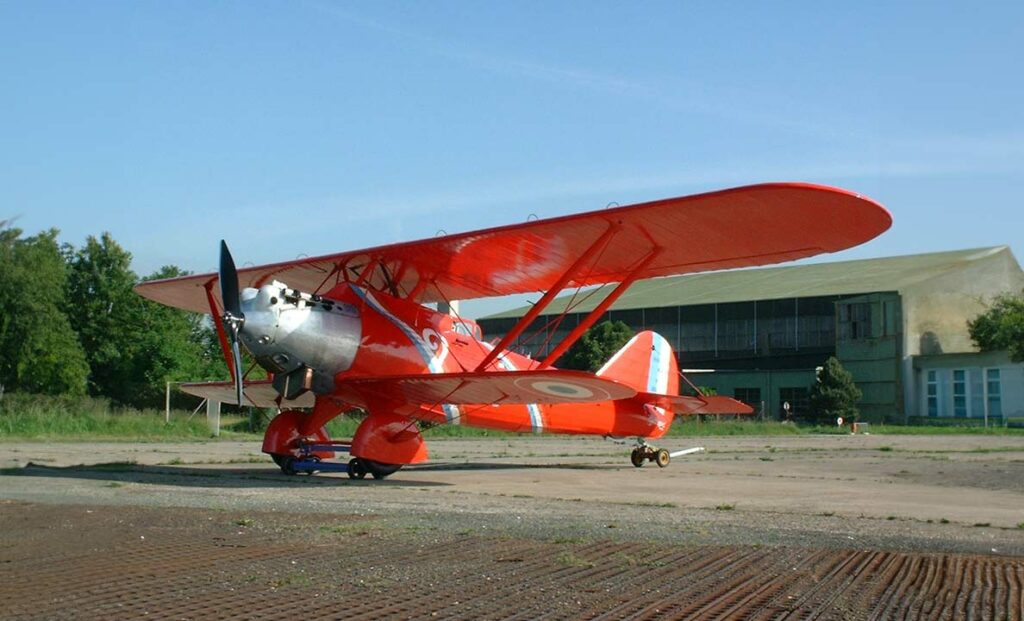“Breguet 19: A durable 1920s French biplane, renowned for reconnaissance and long-distance flights.” The article provides an in-depth look at the Breguet 19, detailing its development and historical context, technical design, performance metrics, military role, and legacy.
The Breguet 19 was a significant advancement in military aviation during the interwar period, serving primarily as a reconnaissance aircraft that later proved its versatility in a variety of roles.
History of the development of the Breguet 19:
In the aftermath of World War I, the landscape of military aviation was changing rapidly. Aircraft that had once dominated the skies were becoming obsolete in the face of new technological advancements and aerial warfare strategies. In this environment, the French aviation industry, led by Breguet Aviation, sought to produce a new reconnaissance aircraft that would surpass the capabilities of previous models.
The development of the Breguet 19 was initiated by Louis Breguet, a pioneer in aviation who had contributed significantly to military aircraft during WWI. The design goal was to create a robust and versatile aircraft capable of performing long-range reconnaissance missions while offering potential for light bombing operations. This requirement was reflective of the shifting focus in military doctrine from static trench warfare to more dynamic and mobile forms of combat.
The program officially started in the early 1920s, and the first prototype of the Breguet 19, named “Breguet XIX”, flew for the first time on March 27, 1922.
Design of the Breguet 19:
The Breguet 19’s design was a reflection of the era’s cutting-edge technology. It was a biplane with a conventional fixed landing gear and an open cockpit. Structurally, it combined the use of duralumin and steel, which offered a favorable strength-to-weight ratio, resulting in a robust airframe suitable for the rigors of reconnaissance and light bombing.
The aircraft had a wingspan of 47.7 feet (14.54 meters) and a length of 27.9 feet (8.50 meters). Its wings were of equal span and braced with a single set of struts, an arrangement that provided strength and stability. The fuselage was aerodynamically efficient, contributing to better overall performance.
One of the design highlights was the inclusion of a fuel system that allowed for long-range missions, a critical capability for reconnaissance operations. However, the Breguet 19 was not without drawbacks. Its open cockpit design, while standard at the time, exposed crew to the elements and enemy fire. Despite these vulnerabilities, the Breguet 19 was a step forward in aircraft design, incorporating innovations that would influence future developments.

Performance of the Breguet 19:
Equipped with a Renault 12Kb engine, the Breguet 19 had an output of 480 horsepower, enabling a top speed of 127 mph (204 km/h). The aircraft’s service ceiling reached 23,950 feet (7,300 meters), and it had an operational range of 684 miles (1,100 kilometers), which was exceptional for the period.
In comparison to its contemporaries, such as the British Fairey IIIF, the Breguet 19 demonstrated superior range and comparable speed, making it a formidable aircraft in the realm of reconnaissance. Its performance in various conditions established the Breguet 19 as a reliable and capable aircraft for the French Air Force and its foreign counterparts.
Military use and combat of the Breguet 19:
The Breguet 19 saw extensive service with the French Air Force and was exported to numerous other countries. It was armed with up to 1,102 pounds (500 kilograms) of bombs and featured two 7.7 mm machine guns for defense, making it a versatile asset capable of engaging in light bombing and air-to-air combat.
The aircraft was used in various military conflicts, most notably during the Rif War in Morocco. It supported ground troops with reconnaissance data and carried out bombing missions. The Breguet 19 held its own against competing designs of the era, like the aforementioned Fairey IIIF, due to its robust construction and reliable performance.
The aircraft was eventually phased out of frontline service in favor of more modern designs but continued to be used for training and secondary roles into World War II. It was replaced by more advanced monoplane designs that offered better speed, armament, and protection for the crew.
The Breguet 19 stands as a testament to interwar innovation in military aviation. It bridged the gap between the first combat aircraft of World War I and the advanced warplanes of World War II. With its long service life, wide-reaching influence, and versatility, the Breguet 19 solidified its place in aviation history as a resilient and adaptable aircraft of the early 20th century.
Back to the Spy Planes section.